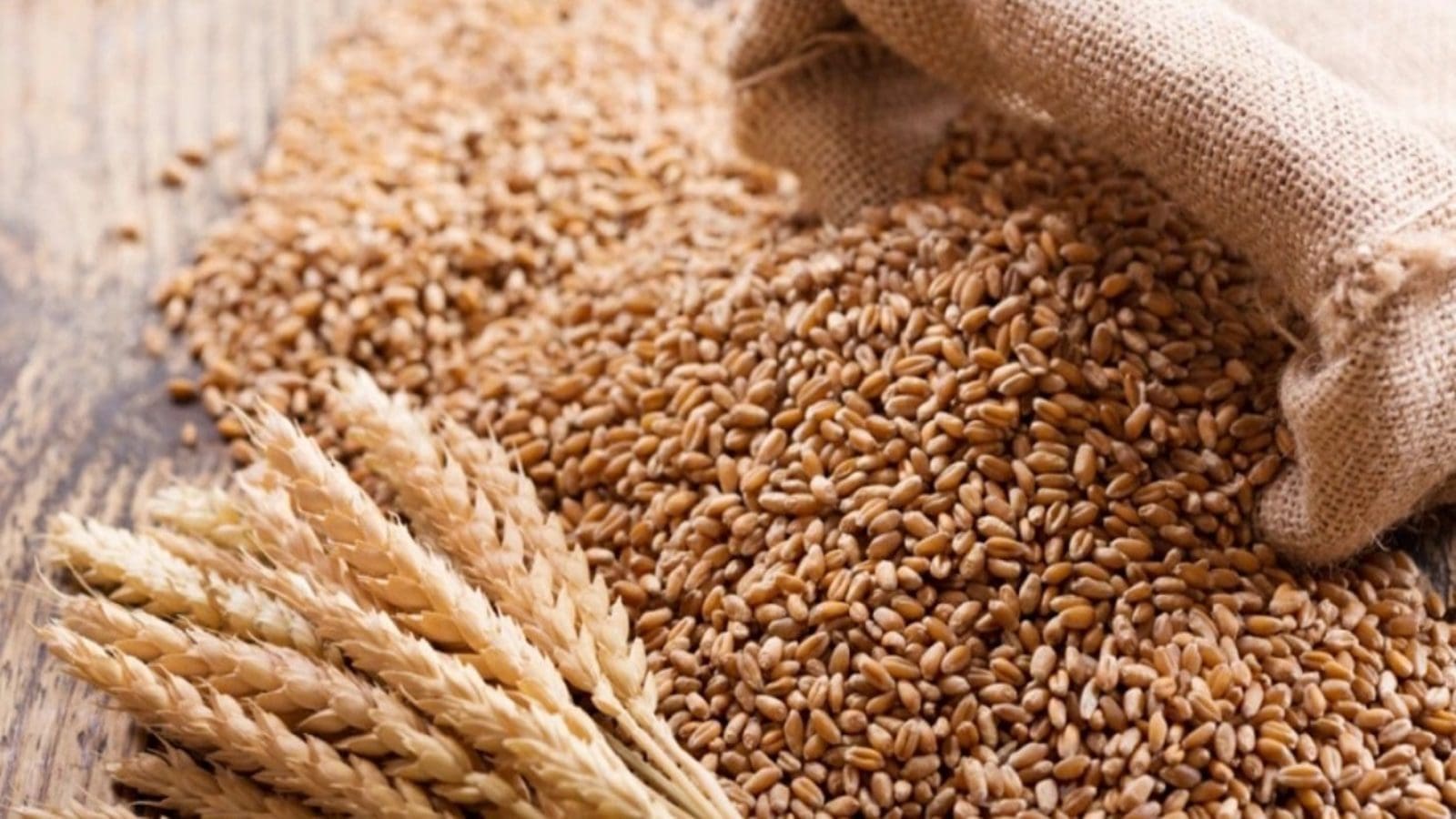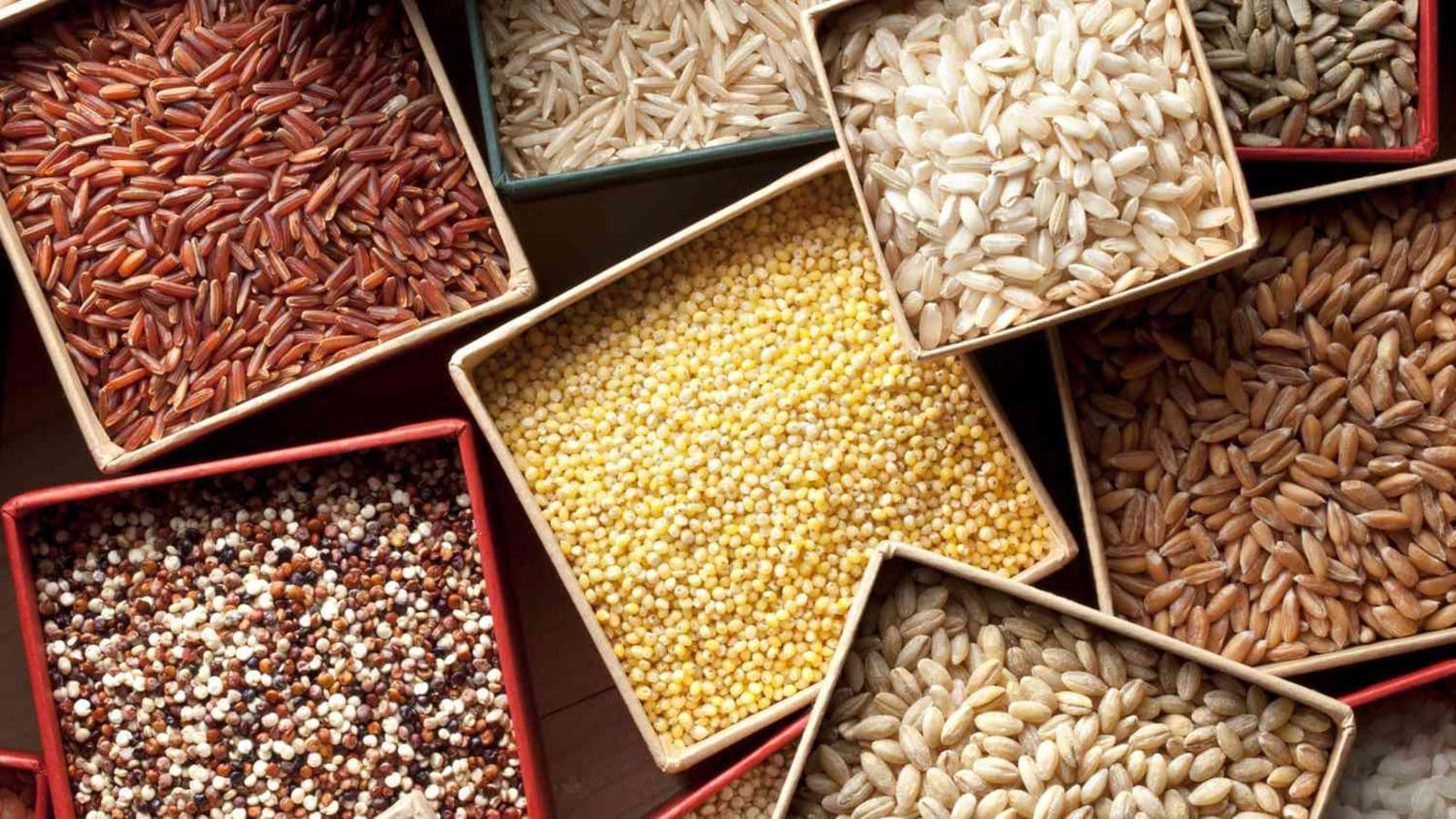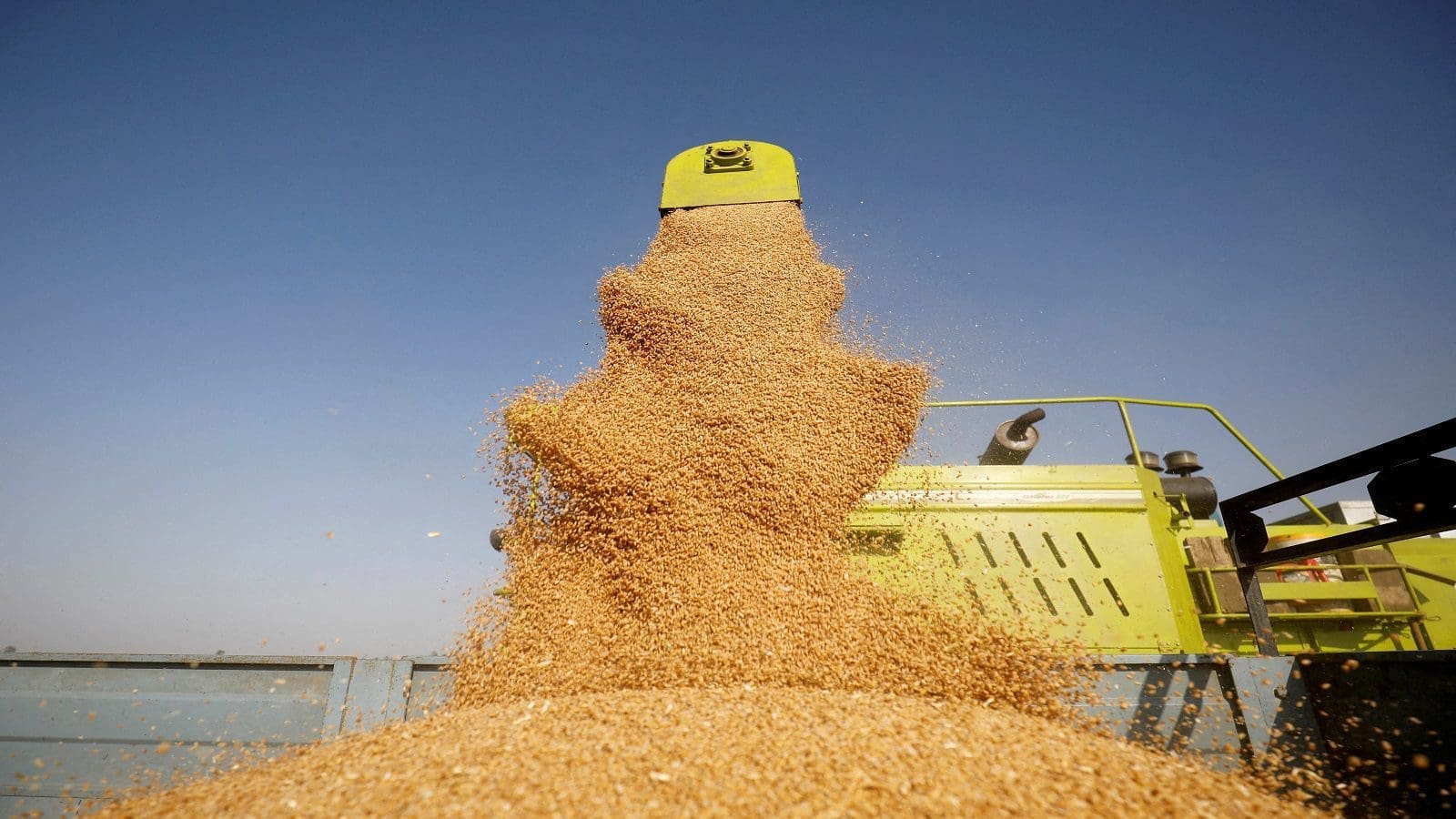SUDAN – The Food and Agriculture Organization of the United Nations (FAO) has estimated wheat imports in Sudan could reach 3.5 million tons in 2023 on the backside of a production shortfall, Ecofin Agency has reported.
According to FAO, this volume, which represents more than 97% of the country’s total cereal import needs, would mark a significant increase compared to the previous stock (2.7 million tonnes).
In 2022, Sudan imported US$1 billion worth of wheat and flour making it the 5th largest buyer of wheat in Africa behind Egypt, Algeria, Nigeria, and Morocco
FAO attributes the higher import forecast to a drop in production expected this year in the wake of the current global food and energy price hikes resulting in a triple rise in fertilizer prices.
Sudan with a wheat consumption per capita of 65 kg is estimated to have annual wheat of about 2.4 million tons.
With local production not exceeding 700,000 tons, the country is forced to import the deficit primarily from the Black Sea region which includes Russia, Ukraine, and Romania.
FAO report indicates that in the northeastern country, the harvest is expected to fall by 30% to 476,000 tonnes due to the contraction in planted areas.
“Some growers reported that the government no longer bought back their wheat production as stipulated last year, which made them reluctant to plant or not due to lack of financial means to meet the costs,” read a FAO statement cited by Agence Ecofin.
Further, FAO noted that the situation will increase the dependence on the international market for supplies at a time when the country is facing an increase in the number of food-insecure people.
Earlier, FAO had revealed wheat was the most affected crop by the fertilizer supply shocks that started in 2020 due to multiple factors including COVID-19, and worsened during the Russia-Ukraine invasion.
According to the report, fertilizer use is very low for sorghum (<5% of the cultivated area) and millet (<0.1% of the cultivated area) as these are mainly grown in fertile rain-fed areas, unlike wheat which is mainly grown in irrigated areas (~99% of the cultivated area).
In addition, FAO revealed that wheat is cultivated in consolidated lands rented by smallholder farmers and is highly reliant on fertilizer use hence high fertilizer prices negatively affect its production.
The situation, according to FAO, will have a major impact on food security as international wheat prices continue to rise and the Sudanese pound weakens.
For all the latest grains industry news from Africa, the Middle East and the World, subscribe to our weekly NEWSLETTERS, follow us on LinkedIn and subscribe to our YouTube channel










